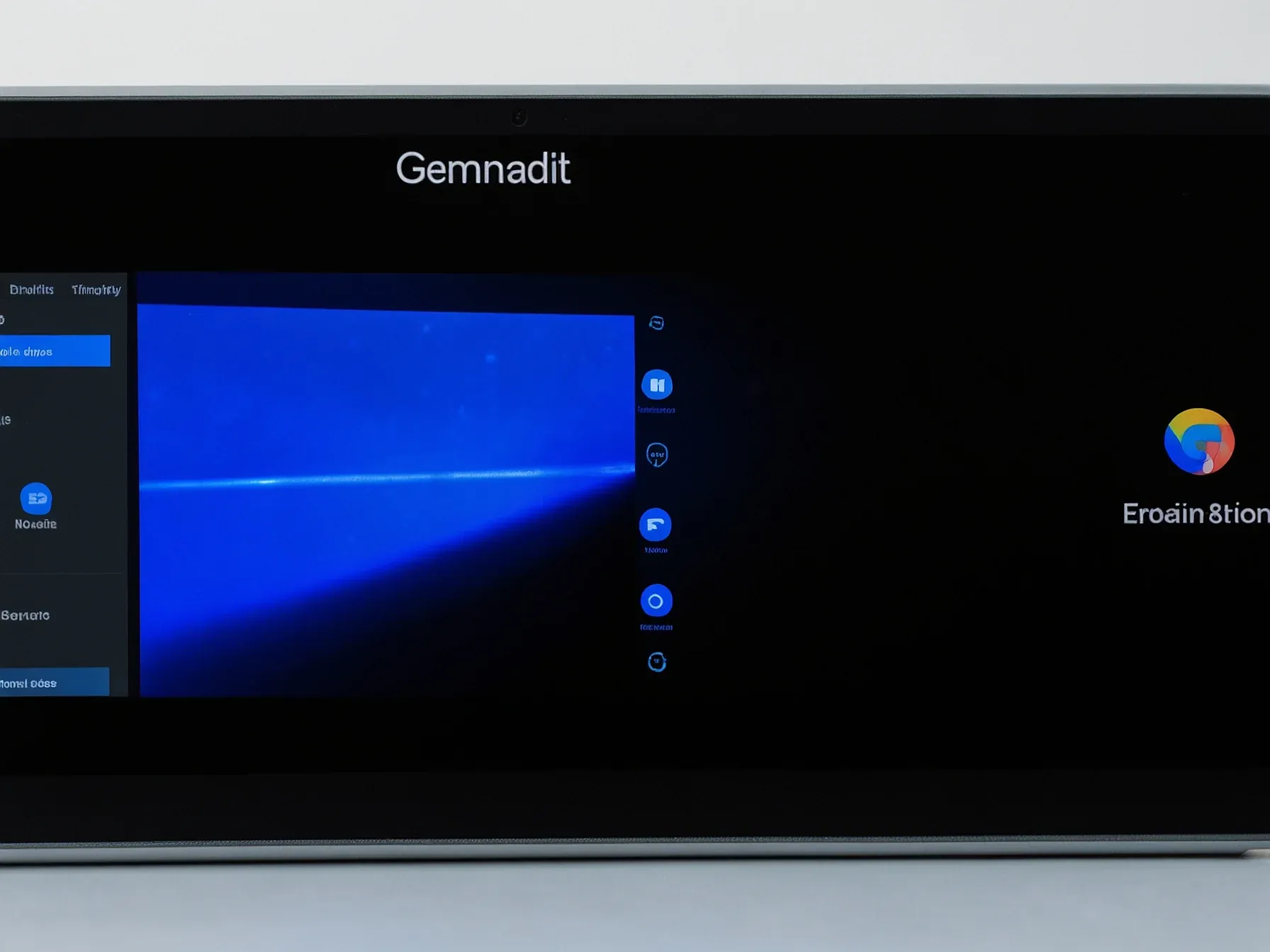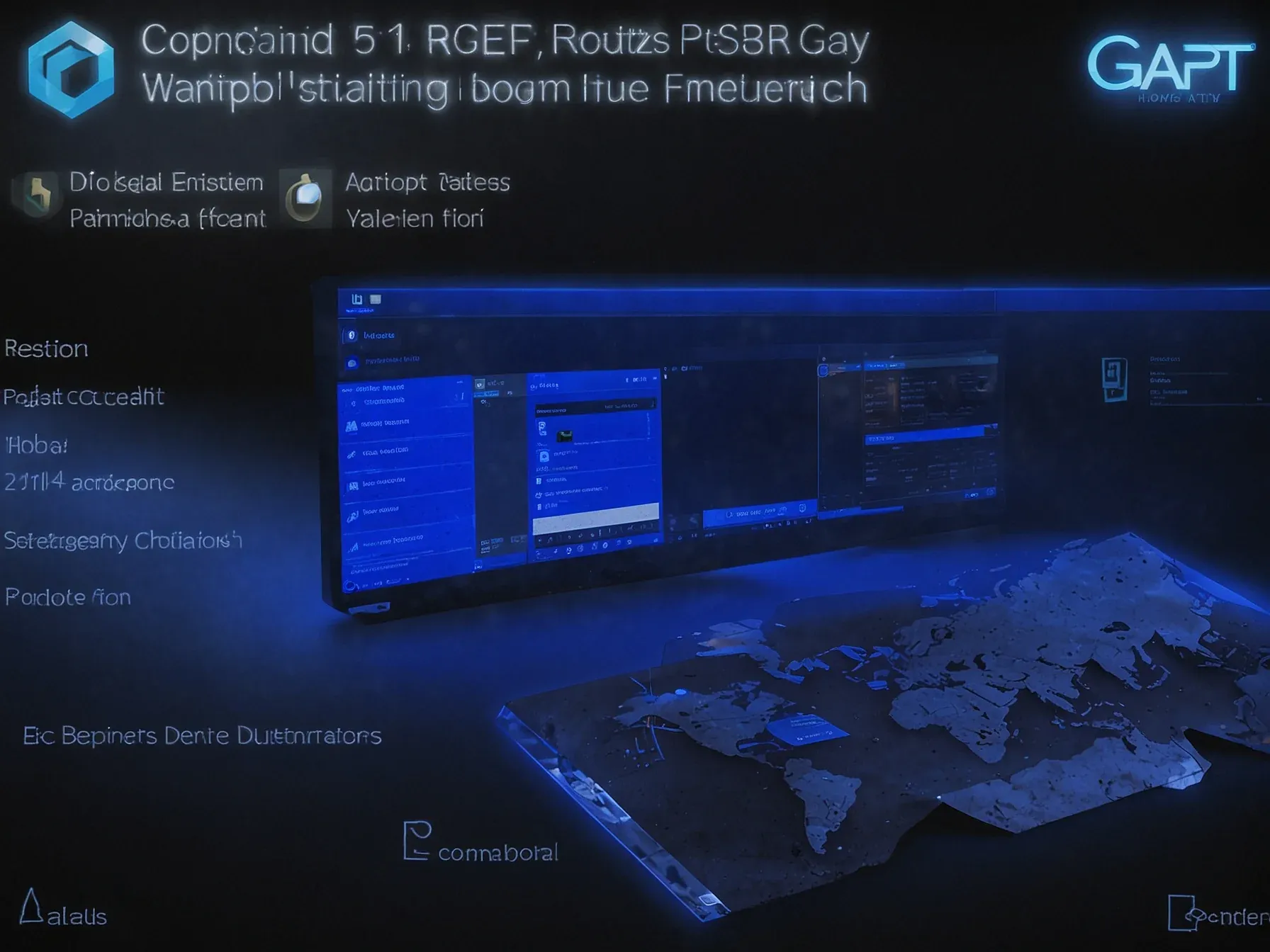
Ai2's Olmo 3 family challenges Qwen and Llama, adds open reasoning and data transparency
Why do companies still hesitate to adopt the latest large‑language models? The answer often circles back to a simple question: can they trust what the model has seen? Allen Institute for AI’s new Olmo 3 series arrives with a promise of openness that directly tackles that worry.
While competitors such as Qwen and Llama push raw scale, Olmo 3 emphasizes efficient reasoning and a transparent training pipeline. The family’s design lets users peek at the data that shaped the model, a feature few rivals offer out of the box. Here’s the thing: in an era where proprietary datasets fuel hype, a clear audit trail can be a decisive factor for risk‑averse businesses.
And it isn’t just about compliance; it’s about confidence that the system isn’t pulling in unintended content. That confidence, according to Ai2’s leadership, stems from the very architecture of Olmo 3—an architecture that lays its data sources on the table for anyone who asks.
Models like Olmo 3, Smith said, also give enterprises more confidence in the technology. Since Olmo 3 provides the training data, Smith said enterprises can trust that the model did not ingest anything it shouldn't have. Ai2 has always claimed to be committed to greater transparency, even launching a tool called OlmoTrace in April that can track a model's output directly back to the original training data.
The company releases open-sourced models and posts its code to repositories like GitHub for anyone to use. Competitors like Google and OpenAI have faced criticism from developers over moves that hid raw reasoning tokens and chose to summarize reasoning, claiming that they now resort to "debugging blind" without transparency. Ai2 pretrained Olmo 3 on the six-trillion-token OpenAI dataset, Dolma 3.
The dataset encompasses web data, scientific literature and code. Smith said they optimized Olmo 3 for code, compared to the focus on math for Olmo 2. How it stacks up Ai2 claims that the Olmo 3 family of models represents a significant leap for truly open-source models, at least for open-source LLMs developed outside China.
The base Olmo 3 model trained "with roughly 2.5x greater compute efficiency as measured by GPU-hours per token," meaning it consumed less energy during pre-training and costs less. The company said the Olmo 3 models outperformed other open models, such as Marin from Stanford, LLM360's K2, and Apertus, though Ai2 did not provide figures for the benchmark testing. "Of note, Olmo 3-Think (32B) is the strongest fully open reasoning model, narrowing the gap to the best open-weight models of similar scale, such as the Qwen 3-32B-Thinking series of models across our suite of reasoning benchmarks, all while being trained on 6x fewer tokens," Ai2 said in a press release.
Can Olmo 3 truly compete with Qwen and Llama? Ai2 says it’s newest family brings a longer context window, richer reasoning traces, and improved coding abilities, all wrapped in an open‑source package. The models also ship with the underlying training data, a move meant to reassure enterprises that no prohibited content slipped in.
Yet, whether this transparency translates into broader adoption remains unclear. Enterprises may appreciate the ability to audit inputs, but cost and integration hurdles could temper enthusiasm. Moreover, the claim of “efficient, open reasoning” lacks concrete benchmarks in the announcement, leaving performance claims unverified.
The emphasis on customization aligns with a growing demand for tailored AI, though how easily organizations can fine‑tune Olmo 3 is not detailed. Ai2’s commitment to openness is evident, but the market impact of this release will depend on factors beyond the technical specifications presented. In short, Olmo 3 offers notable enhancements, yet its real‑world relevance is still an open question.
Further Reading
- The Big LLM Architecture Comparison - Ahead of AI
- What people get wrong about the leading Chinese open models - Interconnects.ai
- Papers with Code - Latest NLP Research - Papers with Code
- Hugging Face Daily Papers - Hugging Face
- ArXiv CS.CL (Computation and Language) - ArXiv
Common Questions Answered
How does Olmo 3’s transparency feature differ from the approaches of Qwen and Llama?
Olmo 3 provides direct access to the training data and includes the OlmoTrace tool that maps model outputs back to specific source documents. In contrast, Qwen and Llama focus primarily on scaling model size and do not offer a comparable level of data auditability.
What is OlmoTrace and how does it enhance enterprise confidence in Olmo 3?
OlmoTrace, launched by Ai2 in April, tracks each model response to the exact piece of training data it originated from, allowing users to verify content provenance. This traceability helps enterprises ensure the model has not ingested prohibited or sensitive material.
Which capabilities does Olmo 3 claim to improve over its competitors, according to the article?
The article states that Olmo 3 offers a longer context window, richer reasoning traces, and enhanced coding abilities, all packaged in an open‑source release. These improvements aim to balance performance with transparency, unlike the raw scale emphasis of Qwen and Llama.
Why might some companies still hesitate to adopt Olmo 3 despite its open‑source and data‑transparent design?
Even with transparent training data and open‑source code, enterprises may face concerns about integration costs, operational complexity, and whether the model’s performance meets their specific workloads. The article notes that broader adoption will depend on how these practical hurdles are addressed.




